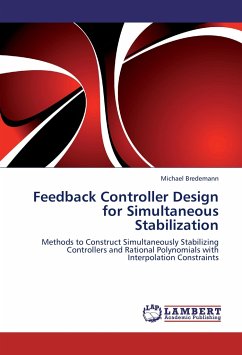
Fractal Interpolation
Theory and Applications in Image Compression
Versandkostenfrei!
Versandfertig in 6-10 Tagen
52,99 €
inkl. MwSt.

PAYBACK Punkte
26 °P sammeln!
Fractal interpolation is an alternative to traditional interpolation techniques, which gives a broader set of interpolants. In fact, many traditional interpolation techniques (splines, hermite polynomials, e.t.c.) are included as special cases. The main differences between fractal and traditional interpolation are: a) the existence of a functional relation which implies a self similarity in small scales, b) the constructive way (through iterations), which is used to compute the interpolant, instead of the descriptive one (usually a formula) provided by the classical methods and c) the usage of...
Fractal interpolation is an alternative to traditional interpolation techniques, which gives a broader set of interpolants. In fact, many traditional interpolation techniques (splines, hermite polynomials, e.t.c.) are included as special cases. The main differences between fractal and traditional interpolation are: a) the existence of a functional relation which implies a self similarity in small scales, b) the constructive way (through iterations), which is used to compute the interpolant, instead of the descriptive one (usually a formula) provided by the classical methods and c) the usage of some parameters, which are usually called vertical scaling factors, that are strongly related to the fractal dimension of the interpolant. Fractal interpolation is used in many scientific fields such as image compression, multiwavelets, computer graphics e.t.c. This book focuses in describing the construction of fractal interpolants to low and higher dimensions and highlight their application in image compression.












